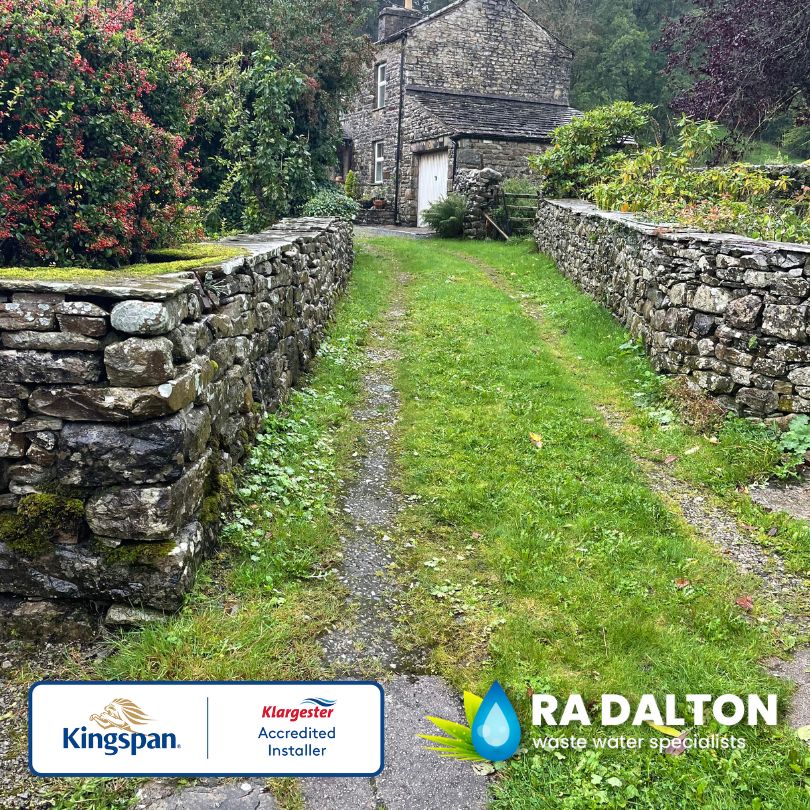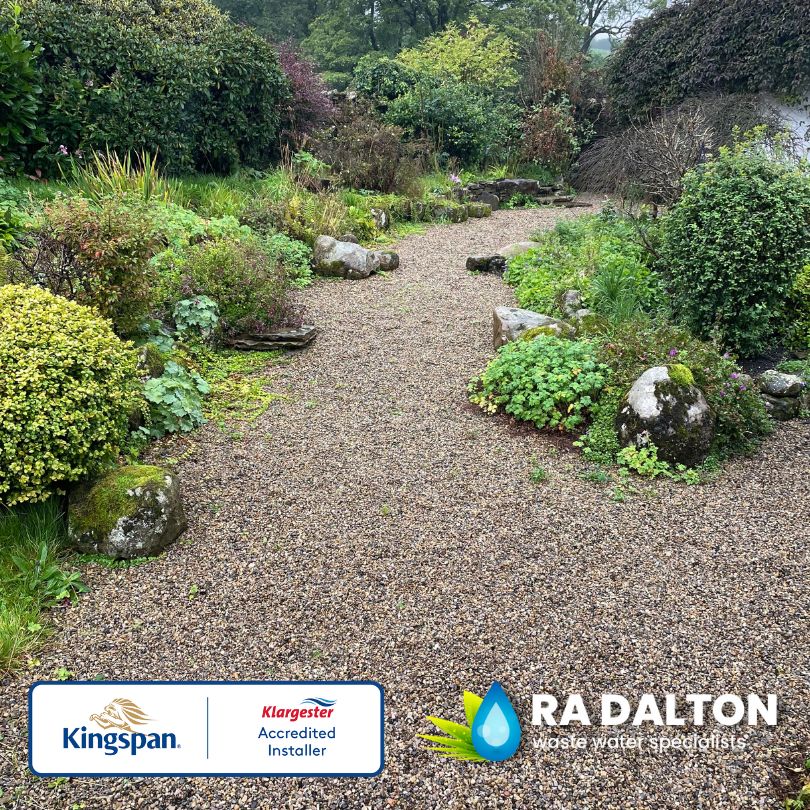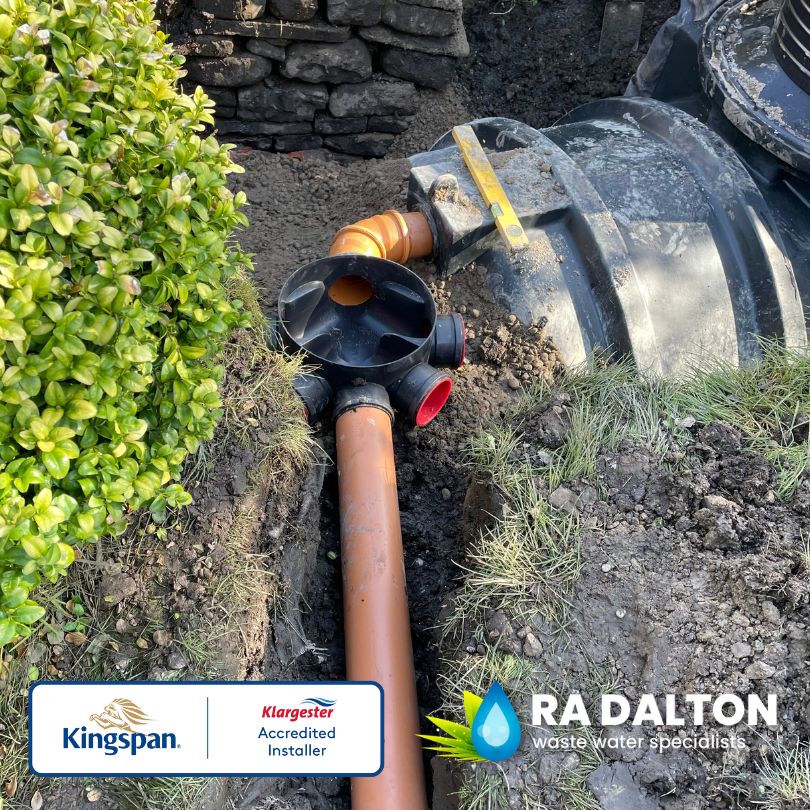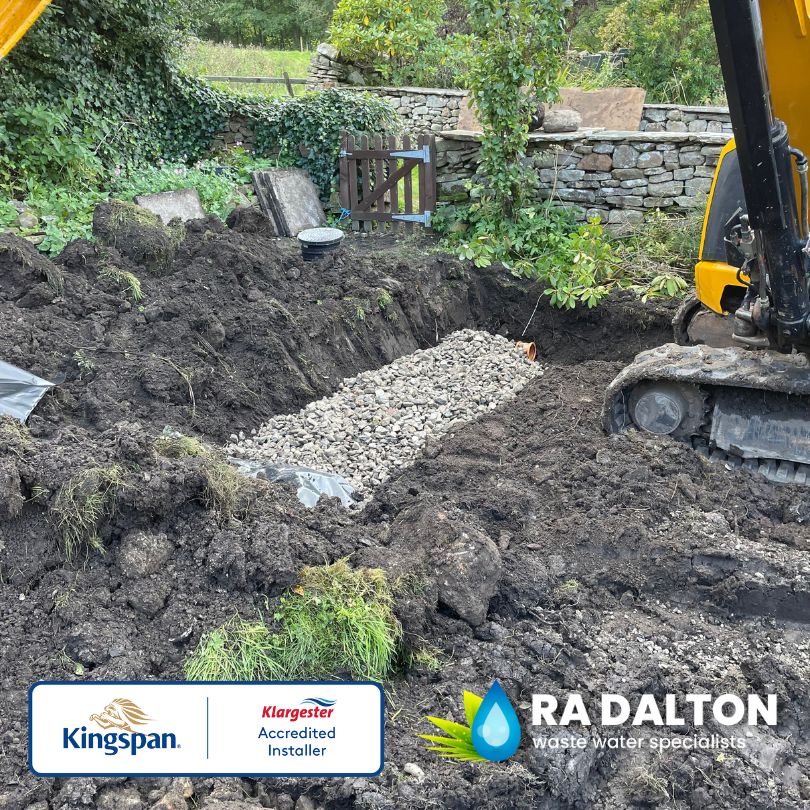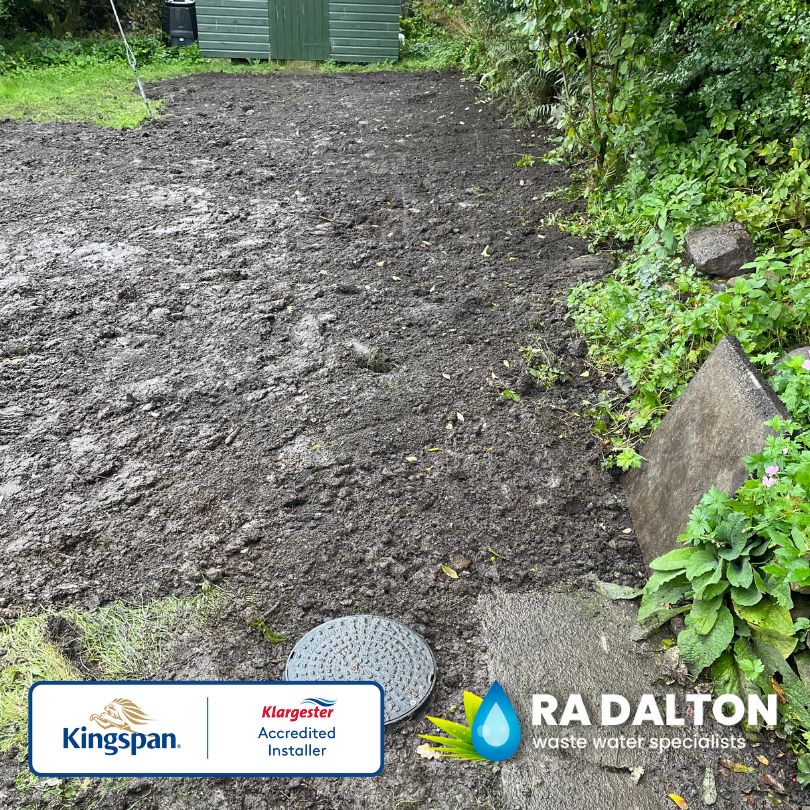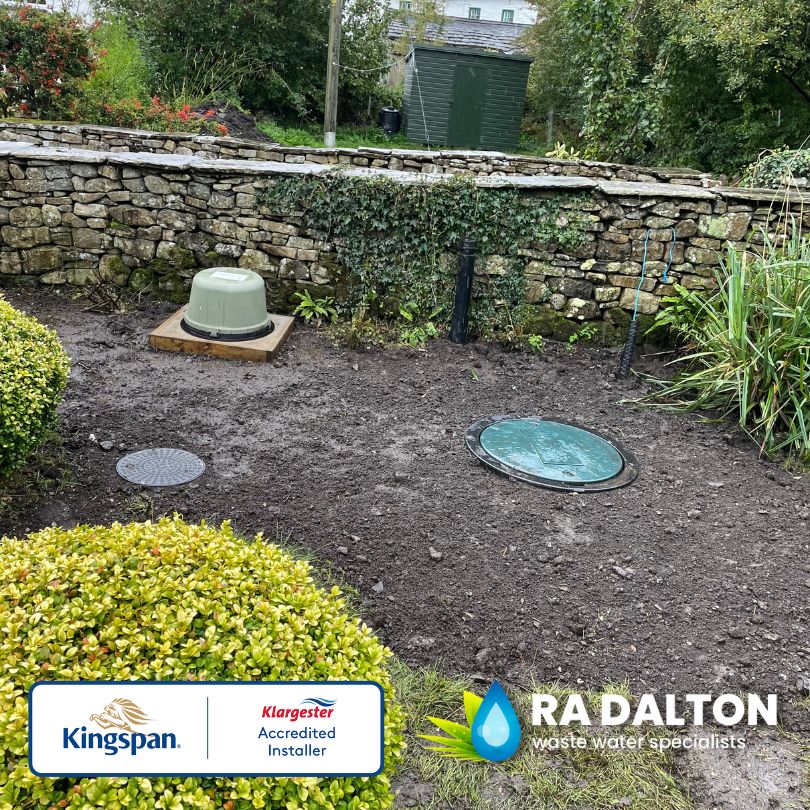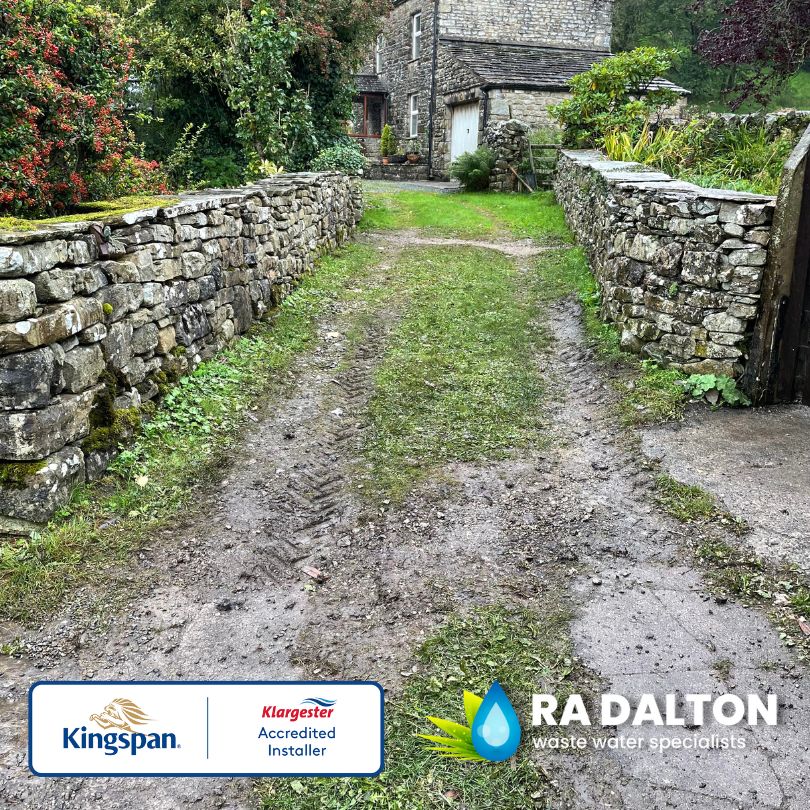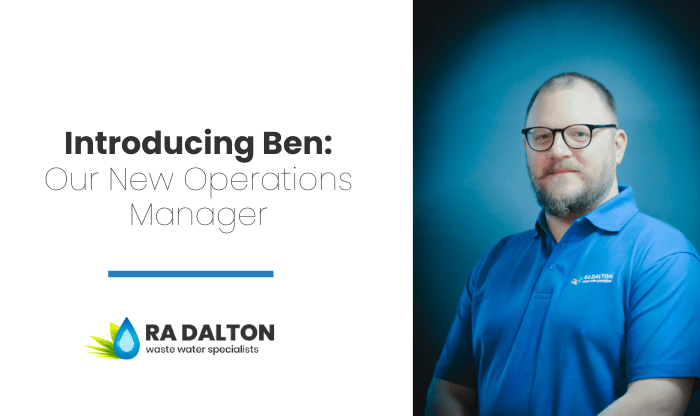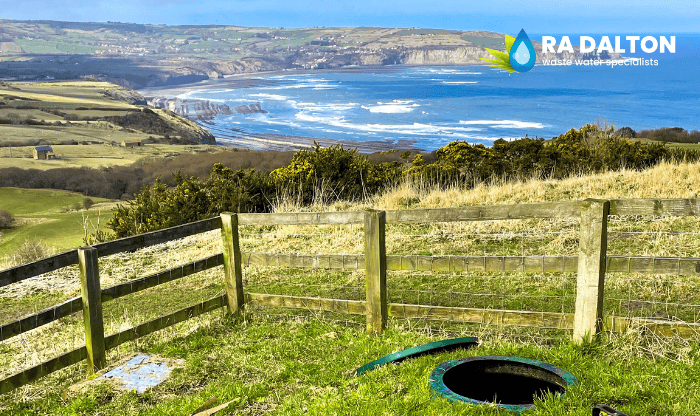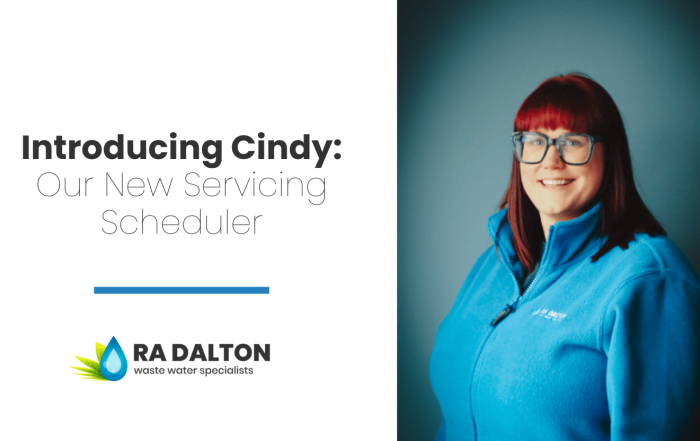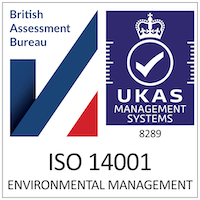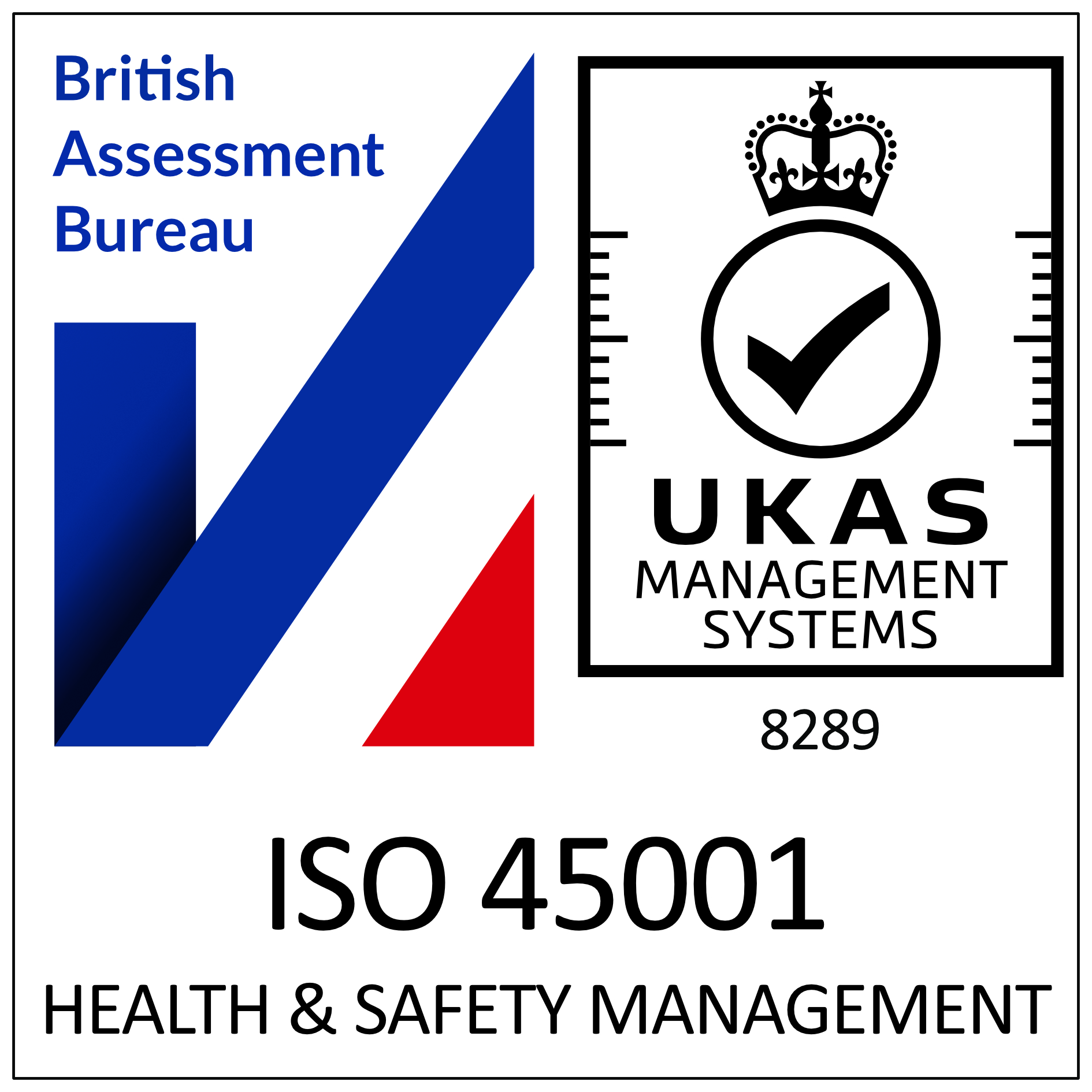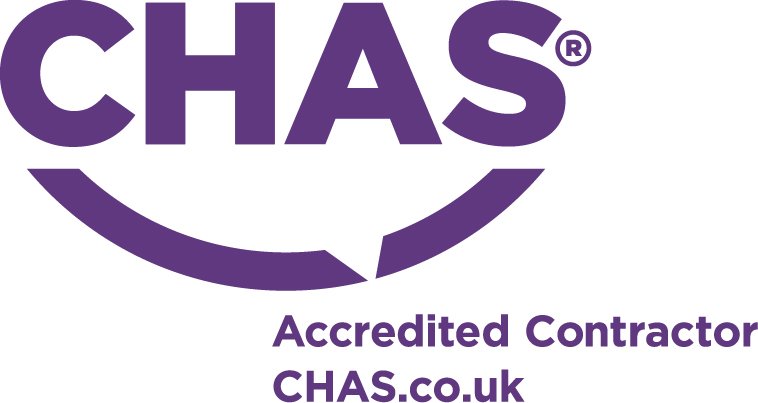Latest sewage & wastewater news
RA Dalton Ltd are the Klargester number one accredited installer covering the whole of the UK.
The perks of a septic tank upgrade
In domestic situations 90% of the installations, we undertake are to replace a non-compliant septic tank/ sewage treatment plant. Compliance comes in a number of forms, and under many circumstances the systems are deemed unsuitable for the application.
More often than not a failed septic tank is the primary cause for a new installation to be required, this could be due to structural damage, unsuitability for the application or the unit being beyond economical repair.
For one property we attended in Cumbria it was identified that the old brick built septic tank was not fit for purpose and therefore needed to be replaced. Space within the working area was limited and therefore careful consideration on what to install was required.
Overcoming access restrictions
The property in question was surrounded by a beautiful dry-stone wall and to enable access we needed a section of the wall to be removed so our machinery could enter the working area, this was not included for within our costs, and we recommended it was carried out by an experienced and professional local contractor.
Limited space on site also meant that the new installation needed to be in a similar/ same location as the old septic tank. This gave a footprint of space to work on and from here we identified the best system to install.
Our original quotation was for the installation of a Klargester Bioficient 1 package sewage treatment plant which earlier in the year was superseded by the Klargester BioAir 2 unit, this shallow dig vessel fits in approximately the same location as the existing without causing any concerns for limiting the working area further.
The Klargester BioAir 2
Another purpose for the installation of a Bioficient/ BioAir sewage treatment plant over the industry alternatives was due to the low visual impact the lids have on the garden area, unlike the surfboard lid on the BioTec or the domed lid on the BioDisc, the inspection point on the BioAir lays flush with the ground and can be replaced by a heavier duty cover if required.
The only downside to the BioAir over the BioDisc is that a remote blower housing will be visible near to the system location.
The proposed outfall for this property was to a new drainage field and to facilitate the installation we would need to carry out percolation tests prior to our start on site. The original quotation was supplied with a budget cost based on an assumed percolation value. This was provided to give the customer a rough indication of how much the installation may cost.
Percolation tests
In the weeks leading up to our start on site we arranged for our contracts manager to reattend to check the porosity of the ground conditions. Tests were carried out in the trial pits a number of times and as the substrate was mostly clay soil with some stones/ boulders the percolation average across the trial pits came out at 34.7 VP, based on the calculations for a 6-population sewage treatment plant the drainage field needed to be circa 39 metres long in a 900mm wide trench.
The BioAir 2 is an appropriate system to install to suit this as it is certified to BS EN12566-3 and is eligible for a legal discharge both to ground and to watercourse. The soakaway also needed to be designed in accordance with BS 6297:2007 to comply with Building control standards.
Installation of the BioAir 2 Premium IPS package sewage treatment plant
Due to the landscaped nature of the property owner’s garden, we identified that there would likely be a need for some landscaping works to be done upon completion, our installation team would leave site to a workable machine finish allowing for any rectification works to be done once we had completed the groundworks element.
As the system had an integral pump, we required a suitable external isolated supply to be installed on the wall closest to the installation location prior to works commencing, this is due to the fact an IPS unit needs to be commissioned promptly once the drainage is connected, the pipework is unable to discharge under gravity, so the capacity is based on the available space left in the unit.
Failure to get the system set up and commissioned promptly could lead to the system starting to backfall into the inlet and eventually leaving the property with limited services. This can also complicate the commissioning process meaning a potential requirement for a tanker if the levels cannot be dropped efficiently.
Once all the groundworks were completed and the system had been wired up site was ready to work efficiently with a new compliant sewage treatment plant!

